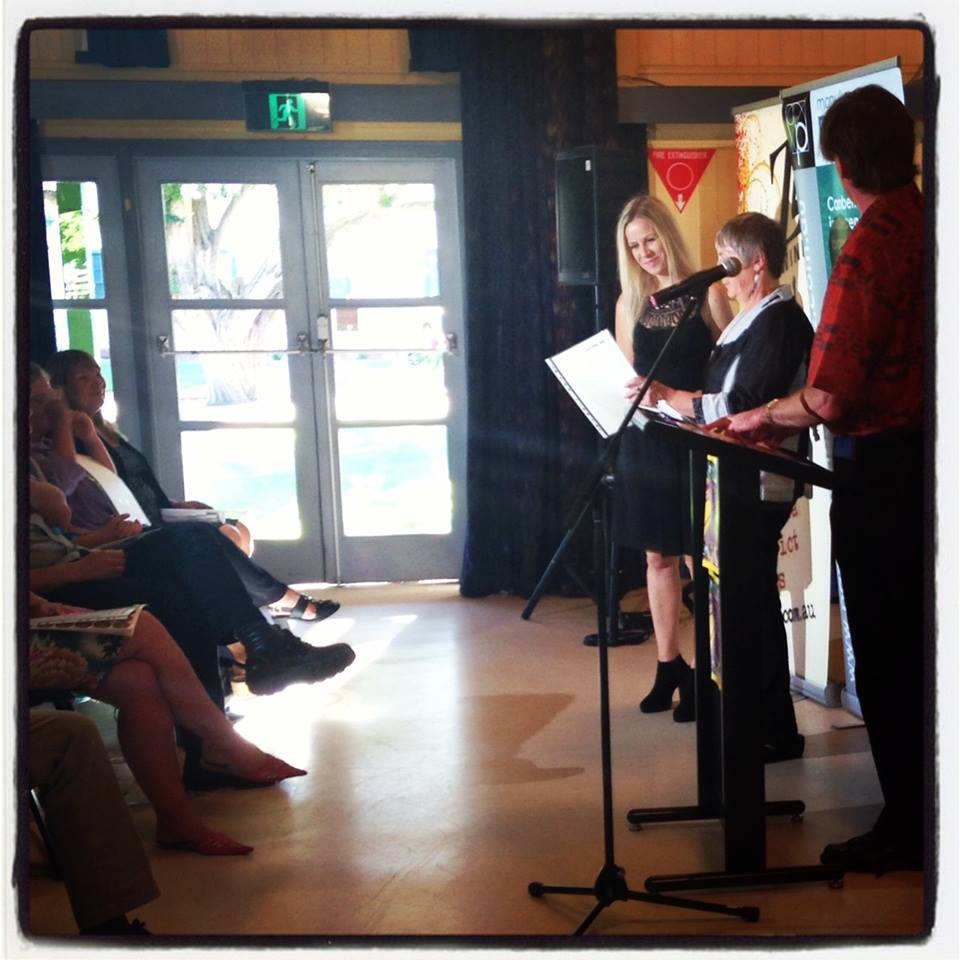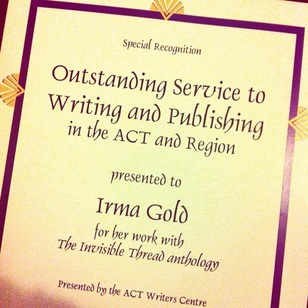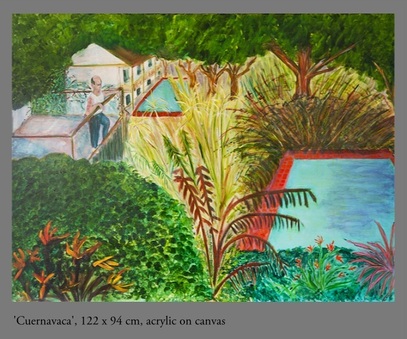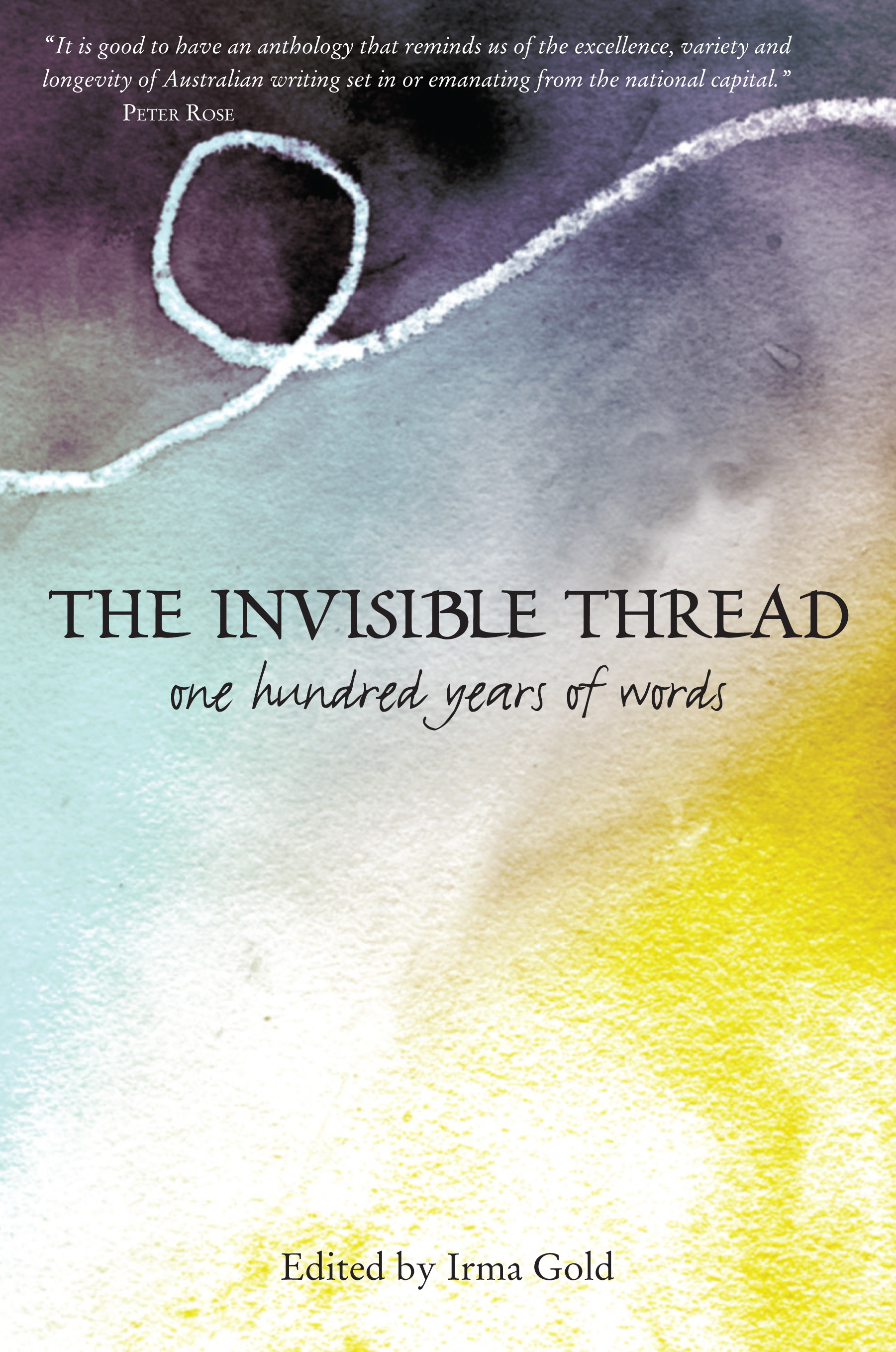TREES, TRAINS & HOSPITAL TROLLEYS: WHERE WRITERS WRITE (PART 1)
Writers write in weird places.*
I do all the standard things: scrawl notes in the middle of the night, while I’m out walking, when driving in the car (I pull over, of course, often bunny-hopping to my destination). I’m forever using the back of receipts or whatever I can lay my hands on (I’ve always been disorganised with notebooks, even though I’m always buying them).
 Cafes are hands down my favourite place to write but I’m not fussy. I’ll write any time, any place. This has included in the back of a tuk tuk in Chiang Mai as it veered all over the road, in a tent in Tanzania with the sound of hyenas scuffling outside, and in a hospital while I miscarried. It’s possible that only writers will understand that last one.
Cafes are hands down my favourite place to write but I’m not fussy. I’ll write any time, any place. This has included in the back of a tuk tuk in Chiang Mai as it veered all over the road, in a tent in Tanzania with the sound of hyenas scuffling outside, and in a hospital while I miscarried. It’s possible that only writers will understand that last one.
But perhaps the most bizarre experience was going into labour with my third child while writing a grant application for The Invisible Thread anthology I was editing. The deadline was just around the corner and I knew that if I didn’t finish it right then and there it wouldn’t happen. So I kept going, pausing every ten minutes to breathe through the contractions. I managed to finish the application and submitted it (cursing the absence of a special consideration category for completed-while-birthing-a-small-human). I shut down the computer, called my husband, went into hospital, and 90 minutes later had my little boy in my arms. Oh, and we got the grant.
 After posting this more benign tweet, fellow writer Kaaron Warren suggested I collate a post of the strangest places writers have written. So I put the word out to my writer friends and their stories came flooding in, so many in fact that I’m going to split them into two posts. So here goes number one (you’ll see that hospitals emerge as a bit of a theme).
After posting this more benign tweet, fellow writer Kaaron Warren suggested I collate a post of the strangest places writers have written. So I put the word out to my writer friends and their stories came flooding in, so many in fact that I’m going to split them into two posts. So here goes number one (you’ll see that hospitals emerge as a bit of a theme).
Read More »TREES, TRAINS & HOSPITAL TROLLEYS: WHERE WRITERS WRITE (PART 1)
Brooke Davis: As a kid, I wrote sitting in a favourite pine tree, and in a paddock full of long grass, and while watching the tennis at the Australian Open. As a teenager I wrote on long car trips around Australia with my family. I had to hold my notebook above my head and almost write upside down because that was the only way I wouldn’t get car sick. As a uni student I once tried to write at Oktoberfest in Canberra. It was the kind of experiment you do in your 20s: What level of genius will I come up with when drunk? You probably know the answer: No level of genius in any way whatsoever. These days, I’m writing on lots of things that move. Ferries, buses, trains, cars, bikes, my own feet, planes, trams. I like how the movement gives me the feeling (i.e., tricks me into thinking) that my writing is moving. But to be honest, the older I get the more boring I am about it. These days, I crave places where I can hole up in a corner somewhere and think I’m invisible while I look at all the weird and wonderful people, like a creepy ghost with a laptop. This mostly happens in cafes and pubs and parks. Maybe I should go back to climbing pine trees?
Rosanna Stevens: I am currently writing in the only place that has Internet for five kilometres: I’m sitting in a garden, in the dark, listening to the shouts of women performing a fire ceremony at a shamanic women’s mysteries retreat in Las Chullpas — an hour from Cusco in Peru. I am also surrounded by puppies. Come at me, deadlines.
Susanne Gervay: Post operative after major surgery with drips and drains, I couldn’t move with pain and I kept thinking, I have to finish my novel in case I die. That’s what I did. Write my novel, not die.
Tania McCartney: Probably the ‘weirdest’ place I’ve ever written is super ordinary — my bed. Sometimes, if I wake in the depths of night with some urgent prose, I’ll fumble for my phone, set it to video, hide under the covers and whisper the text into the phone for transcribing the next day. My husband sleeps right through!
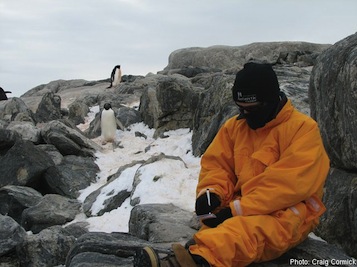 Craig Cormick: That was probably on a trolley about to go into the operating theatre for day surgery, telling the anesthetist guy, ‘Just a moment, just one more moment, I have to write this down before I forget it.’ Second weirdest would probably be in Antarctica, sitting down to write some notes by the edge of a penguin colony (where you are not allowed to get closer than a few metres to a penguin), and looking up and finding all these penguins waddling up to check out what I was doing (clearly the exclusion distance rules that applied to us did not apply to them).
Craig Cormick: That was probably on a trolley about to go into the operating theatre for day surgery, telling the anesthetist guy, ‘Just a moment, just one more moment, I have to write this down before I forget it.’ Second weirdest would probably be in Antarctica, sitting down to write some notes by the edge of a penguin colony (where you are not allowed to get closer than a few metres to a penguin), and looking up and finding all these penguins waddling up to check out what I was doing (clearly the exclusion distance rules that applied to us did not apply to them).
Lee Kofman: The most bizarre place I’ve ever written in was in my living room, this week, when I sat on the couch with both my laptop and my toddler on my pregnant lap, while my boy’s nanny sat close by my side trying to cajole him away. She wasn’t successful though. My child wrapped his arms around my neck, teary, while I kept typing away an essay I had to send to an editor within an hour. The nanny kept talking to my boy, he kept sobbing, and I kept writing, feeling trapped, guilty and loved. I really don’t know more bizarre place for me to write from than this metaphorical, yet very tangibly claustrophobic, space of motherhood.
SJ Finn: One of the more obscure places I’ve found myself writing is on a support boat for an outrigger competing in a marathon race, 72-kilometres long, in the Whitsundays. While the outrigger was a slender boat — full of women going hell-for-leather with a fat-ended paddle — the support boat (a tag-team arranged on its deck) was a large wooden affair, more like a fishing boat than one for leisure but without the fishy smell, or the equipment of nets and pulleys on its deck. As a support boat was paired to every rigger it made for a busy flotilla of twin vessels on a choppy sea. I can, however, be pretty sure there was only one writer. Head down in the beautiful wooden cabin for the entire 8 hours, I wrote as my partner coordinated the ‘changes’ (baton-relay-like) for the paddlers to get spells from the gruelling effort to get to the finish line. Head down amongst the yells and cheers and instructions (when paddlers saw their number held up they had to jump from the rigger and swim to the support boat, another teammate already swimming to replace them) I blocked all this frenetic activity out and became a little famous — at least among a bunch of very excited outrigger competitors — for doing so.
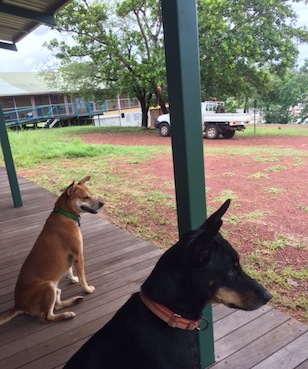
Paul Daley: When I was a full time journalist, I, like most, found myself writing in some unusual places. The great thing about journalism is that it conditions you to write anywhere, no matter the degree of discomfort and regardless of noise. There’s really no such thing as writers’ block when you’re punching out words to a deadline. So I found myself writing: in the backs of cars; in burnt out hotels; on helicopters; in too many bars; in frozen fields; from police stations and court foyers; while sitting in gutters and on roofs.
With my creative fiction I’ve been more choosy. I started my last novel with a few scrawls in a notebook on a sun lounge on a remote Greek Island and while most of it was written at my desk in Canberra, it developed in cafes, the National Library of Australia and in my dreams (that’s why, like so many writers, I keep a notebook by my bed). My last published short story I wrote in one take in an airline lounge. I began writing the current novel I’m working on while staying in a small bungalow in North East Arnhem Land (the view from my writing desk is pictured here) and I wrote some of it on a boat. I’m heading back to Arnhem Land soon to write some more. Sometimes I write at the kitchen bench between cooking the spag bol, feeding the dogs and overseeing homework. I don’t need aromatherapy and dolphin recordings or solitude. But I do have a lot of false starts and a rewrite a lot in my head, especially while I’m out in the bush with my dogs.
Part 2 of ‘Where Writers Write’ will feature Karen Viggers, Jack Heath, Nicole Hayes, Kirsten Krauth, Melinda Smith and a bunch of others. Stay tuned!
* Not all of us! For some writers routine is everything. Alec Patric, for instance, wrote to me to say, ‘When it comes to writing I’m pretty boring. Can’t really write anywhere else other than at my desk, same place every day. The habit, or ritual, is the only way it happens for me.’
